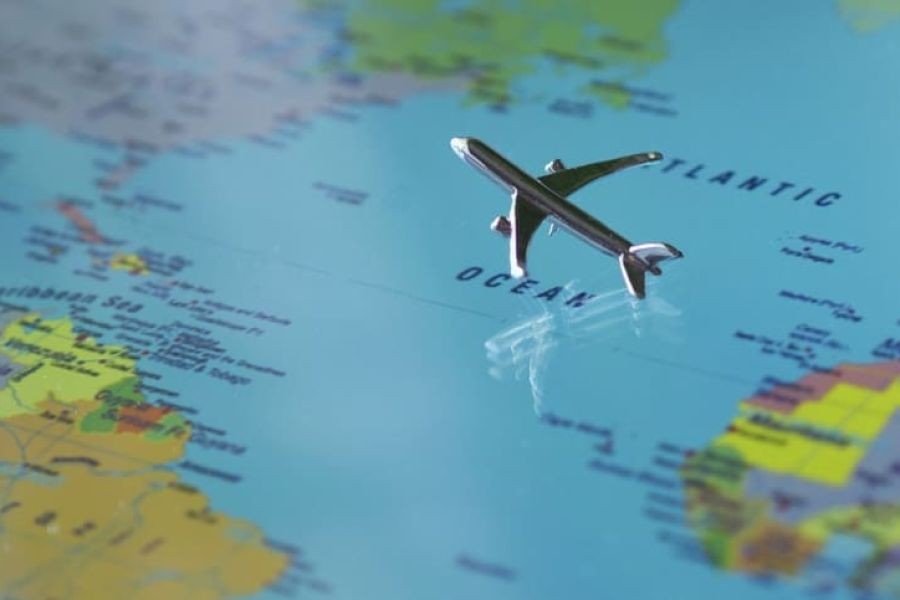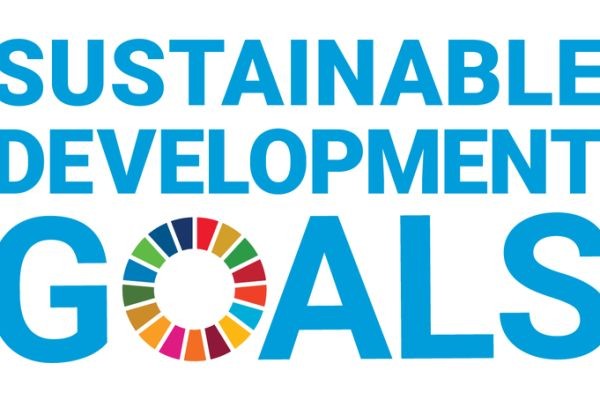New Zealand is a land of breathtaking landscapes, diverse cultures, and a dynamic tourism industry that has consistently attracted global travelers. With the tourism sector being a significant contributor to the national economy, accounting for 5.8% of GDP and directly employing 8.4% of the workforce according to Stats NZ, the question arises: what will be New Zealand's next big tourist destination in the coming decade? This article delves into potential opportunities, driven by economic insights, industry trends, and strategic foresights, to identify the burgeoning destinations that could redefine New Zealand's tourism landscape.
Understanding the Current Tourism Landscape
To project future trends, it is essential to understand the current state of tourism in New Zealand. As of 2023, traditional hotspots like Queenstown, Rotorua, and Auckland have been the pillars of tourism, drawing millions of visitors annually. However, with changing traveler preferences and environmental challenges, there is a pressing need to identify and develop new destinations that align with sustainable tourism practices.
Case Study: The Rise of Fiordland National Park
Fiordland National Park has long been a jewel in New Zealand's tourism crown. Known for its dramatic landscapes and pristine ecosystems, Fiordland offers a glimpse into the potential of developing lesser-known areas. A strategic focus on eco-tourism and conservation has led to a 20% increase in visitor numbers over the past five years, as reported by the Department of Conservation.
- Problem: The park faced challenges in managing the delicate balance between tourism and conservation.
- Action: Authorities implemented strict visitor caps and invested in eco-friendly infrastructure.
- Result: The result was a surge in eco-conscious travelers, boosting local economies while preserving natural habitats.
- Takeaway: This case underscores the importance of sustainable practices in attracting quality tourism.
Emerging Destinations: Hidden Gems of the Future
While New Zealand's established tourist routes continue to thrive, several under-the-radar destinations are poised for growth, driven by unique attractions and strategic development plans.
1. Taranaki: The Cultural and Adventure Hub
Taranaki, often overshadowed by its more famous counterparts, is emerging as a cultural and adventure hub. With the iconic Mount Taranaki offering world-class hiking trails and the vibrant arts scene in New Plymouth, this region is attracting both thrill-seekers and culture enthusiasts.
- Pros: Diverse attractions, from surfing beaches to art galleries.
- Cons: Limited infrastructure and accommodation options currently.
2. The East Cape: Untouched Coastal Beauty
The East Cape is another promising destination, with its untouched beaches and rich Maori culture offering a unique travel experience. The region's potential lies in its cultural heritage and natural beauty, appealing to travelers seeking off-the-beaten-path adventures.
- Pros: Untapped potential, cultural richness.
- Cons: Accessibility challenges and underdeveloped facilities.
Data-Driven Insights: Economic and Policy Implications
According to the Ministry of Business, Innovation, and Employment (MBIE), the tourism sector is expected to recover and grow by 4.2% annually over the next decade. This growth necessitates strategic investments in infrastructure, marketing, and sustainability initiatives to ensure long-term success.
Furthermore, government policies focusing on regional development and sustainability are crucial. The New Zealand-Aotearoa Government Tourism Strategy emphasizes diversifying tourist attractions to include more regions, ensuring economic benefits are widespread.
Contrasting Viewpoints: Balancing Growth and Conservation
As New Zealand seeks to expand its tourism offerings, debates around growth versus conservation intensify. On one side, proponents argue that expanding tourism is essential for economic development and job creation. On the other, conservationists warn of the environmental impact and advocate for sustainable practices.
The middle ground lies in adopting a balanced approach, where strategic investments are made in eco-friendly infrastructure and community-based tourism initiatives, ensuring that economic gains do not come at the expense of natural and cultural heritage.
Common Myths & Mistakes in Tourism Development
- Myth: "More tourists always mean more revenue." Reality: Quality over quantity is crucial. Sustainable tourism practices ensure long-term benefits and avoid overtourism issues.
- Myth: "Sustainability hinders growth." Reality: Sustainable practices enhance destination appeal and longevity, attracting conscientious travelers.
- Myth: "All regions can be developed equally." Reality: Each region has unique strengths and challenges; tailored strategies are essential for success.
Biggest Mistakes to Avoid in Developing New Destinations
- Ignoring local communities: Engaging with local stakeholders ensures cultural sensitivity and community support.
- Overlooking infrastructure needs: Adequate facilities are crucial for handling increased tourist numbers.
- Neglecting sustainability: Environmental degradation can deter future visitors and damage reputations.
Future Trends and Predictions
The future of New Zealand's tourism industry lies in embracing technology, sustainability, and cultural integration. By 2030, it is predicted that digital innovations, such as virtual reality tours and AI-driven marketing, will revolutionize how destinations are promoted and experienced.
Moreover, as global travelers become increasingly eco-conscious, destinations that prioritize sustainability will gain a competitive edge. The integration of indigenous Maori culture into tourism offerings will also enhance cultural richness and attract diverse demographics.
Conclusion: Final Takeaway & Call to Action
In conclusion, New Zealand's next big tourist destinations will likely emerge from a blend of strategic foresight, cultural preservation, and sustainable development. As stakeholders in the tourism industry, it is imperative to prioritize these elements to ensure that New Zealand remains a top travel destination for years to come.
What's your perspective on New Zealand's tourism future? Share your insights and join the conversation below!
People Also Ask (FAQ)
- How will emerging destinations impact New Zealand's economy? Emerging destinations can diversify economic benefits, particularly in underdeveloped regions, fostering job creation and community development.
- What are the biggest misconceptions about sustainable tourism? A common myth is that sustainability limits growth, but research shows it enhances long-term viability and attractiveness.
- What trends will shape New Zealand tourism by 2030? Digital innovations, sustainability, and cultural integration are set to redefine the tourism landscape, offering immersive and eco-friendly experiences.
Related Search Queries
- New Zealand tourism trends 2025
- Top emerging travel destinations in NZ
- Sustainable tourism practices in New Zealand
- Fiordland National Park visitor statistics
- Taranaki travel guide
- East Cape travel tips
- New Zealand tourism strategy 2030
- Impact of tourism on NZ economy































Kurt614113
2 months ago